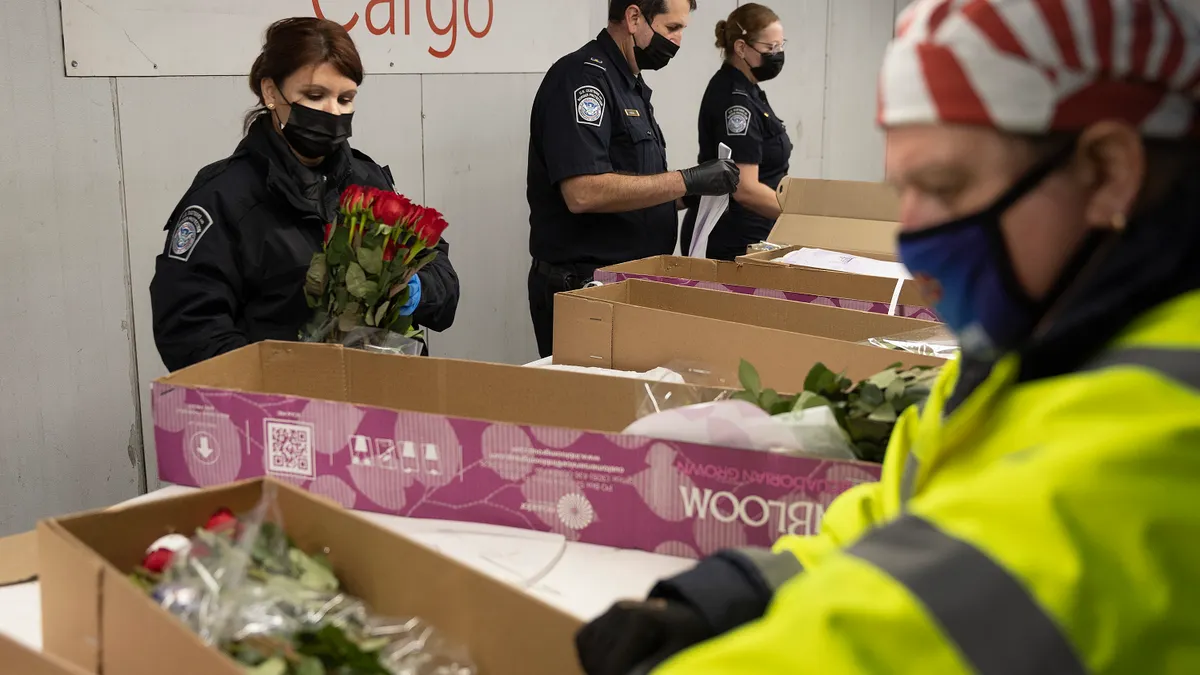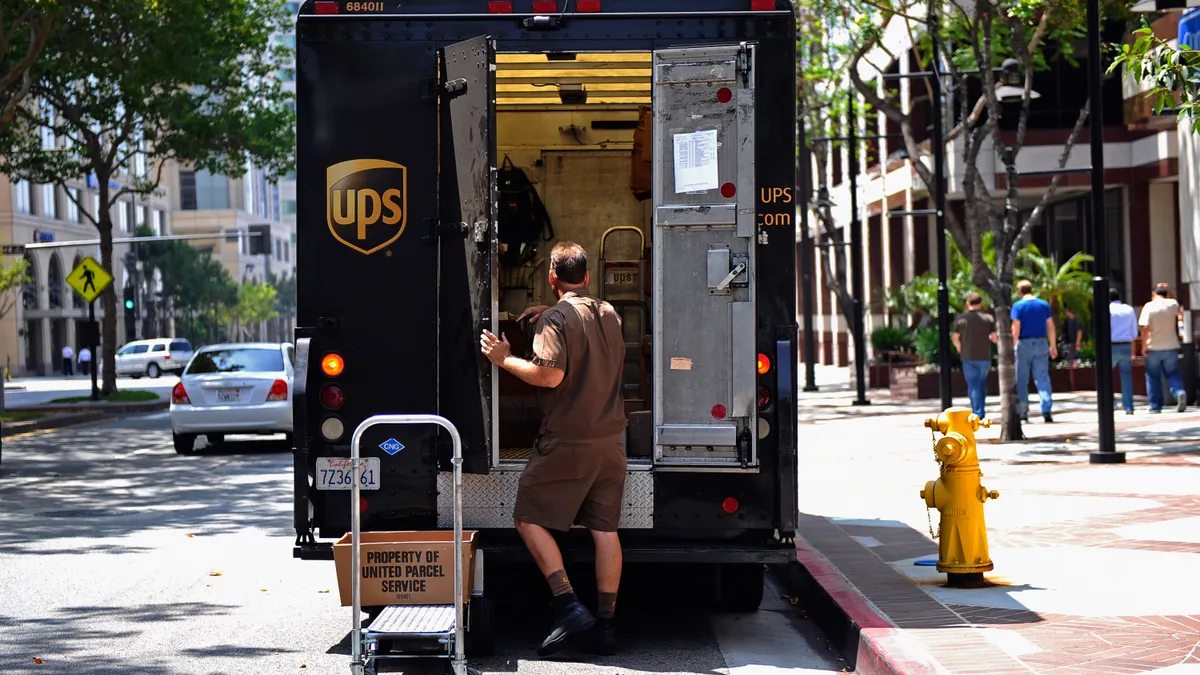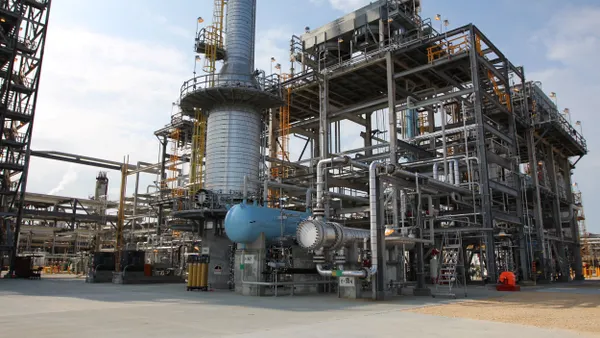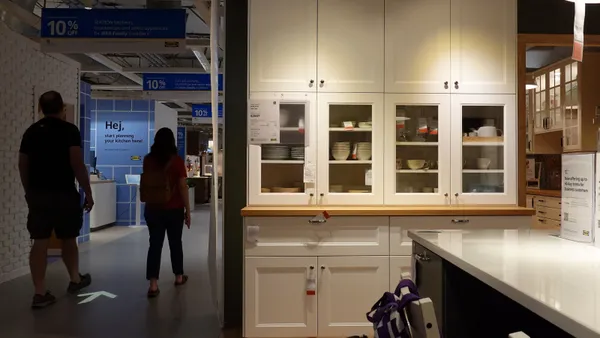Dive Brief:
- Hydro Flask and Osprey parent company Helen of Troy is expanding its sourcing capabilities in Southeast Asia to accelerate supplier transitions away from China, interim CFO Tracy Schuerman said during an earnings call.
- The company expects that diversifying its suppliers will reduce its exposure to China tariffs on U.S. imports to about 15%, Schuerman told analysts.
- Helen of Troy expects to dual-source over 40% of its China purchases by the end of FY2026 and over 60% by the end of FY2027.
Dive Insight:
Helen of Troy is focused on leveraging its “long-standing strategic partnerships.” In many cases, the company is dual sourcing its production and making investments to replicate its legacy China production, Schuerman said.
The company has been working to diversify its sourcing network for some time. In July 2024, nearly 80% of Helen of Troy’s goods were procured in Asia, and 15% of that was outside China. The previous year, the company relocated some of its Hydro Flask bottle production to the Western Hemisphere.
Helen of Troy expects that its direct tariff costs — estimated at $14 million at the time of the earnings call — will impact the second half of the fiscal year, Schuerman said. The CFO added that the benefits of its diversification strategy won’t be realized until the end of FY2026 or early FY2027, but the company will feel the tariff impact sooner.
“We now estimate that our diversification efforts will reduce our ongoing exposure to time tariffs on U.S. imports to approximately 25% of cost of goods sold by the end of fiscal '26,” said Schuerman. “Our estimated end exposure increased from 20% to 25% since our last earnings call, primarily due to updated timing for the Southeast Asia transition and revisions to our inventory strategy, which was originally developed under assumption of 145% tariff.”
In the meantime, Helen of Troy plans to implement strategic price increases by the end of summer, the CFO told analysts.
Helen of Troy isn’t solely focused on its sourcing footprint, though. As a buffer against tariffs, the company built up inventory levels ahead of April’s tariff implementation on imports from China, Schuerman said. When the U.S. temporarily paused tariffs, Helen of Troy resumed its targeted inventory purchases.
“While the impact on our cost of goods was minimal, we layered approximately $14 million of direct tariff cost into our ending inventory,” said Schuerman. “As we move forward, we are approaching our inventory buys with a thoughtful approach and expectation of measured consumer demand in the short to immediate term as inflation continues to shape spending behavior.”
Helen of Troy’s initial tariff plan was built in response to April’s 145% tariff on imports from China, interim CEO Brian Grass told analysts. Now, the company’s mitigation plan for facing 30% tariffs on imports from the country is “much, much different.”
“We can mitigate much more of the impact with pricing actions, which we do have teed up to become effective in the second half of the year,” said Grass. “The majority, by far, of our net mitigated unmediated tariff impact will fall into Q2, because there's no pricing action in place to offset the impact.”













